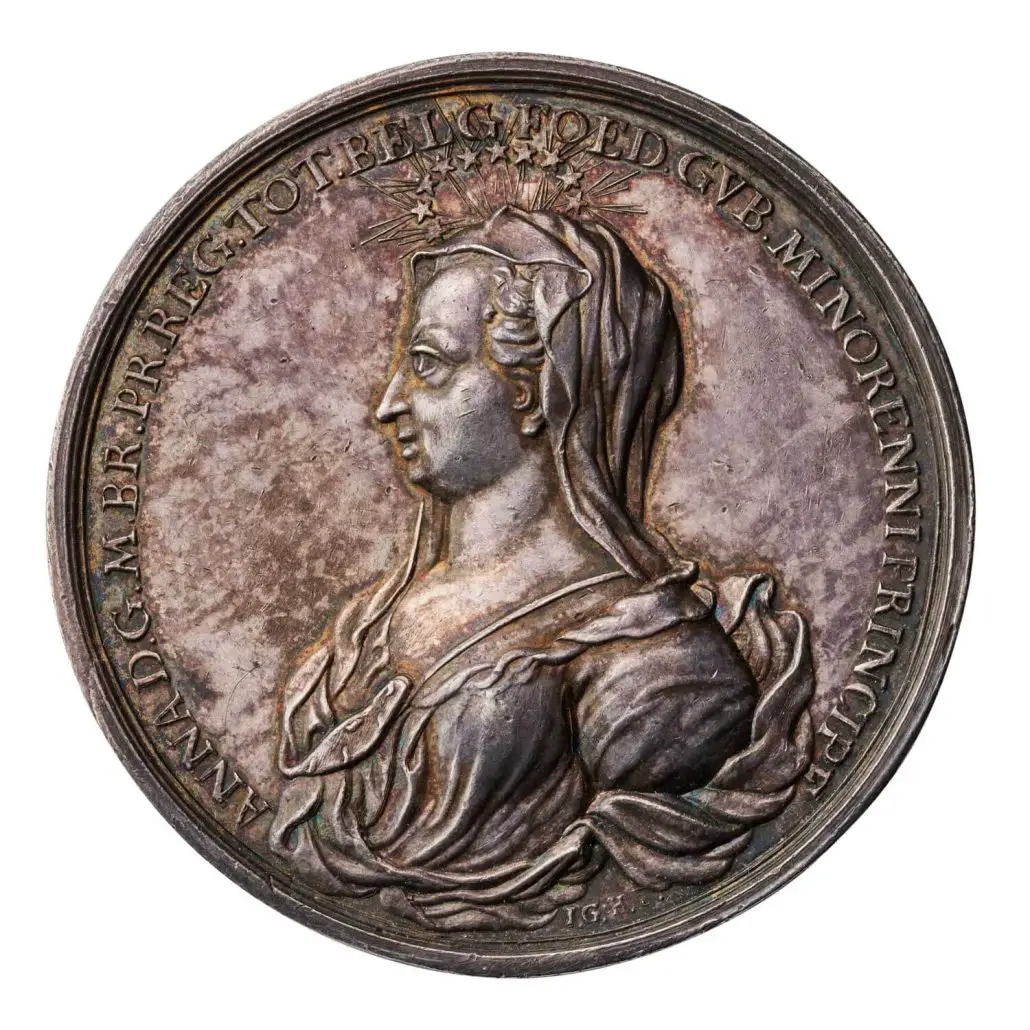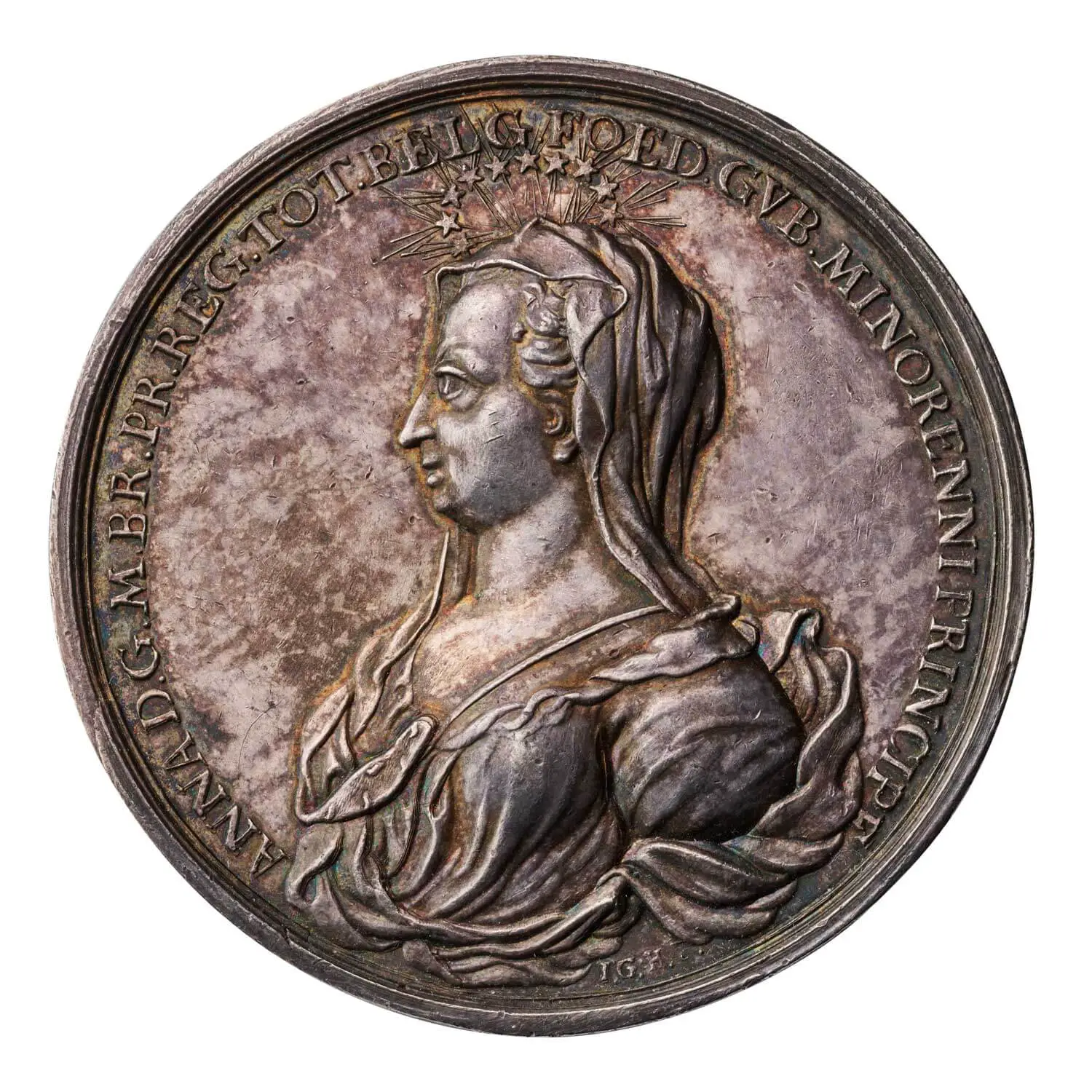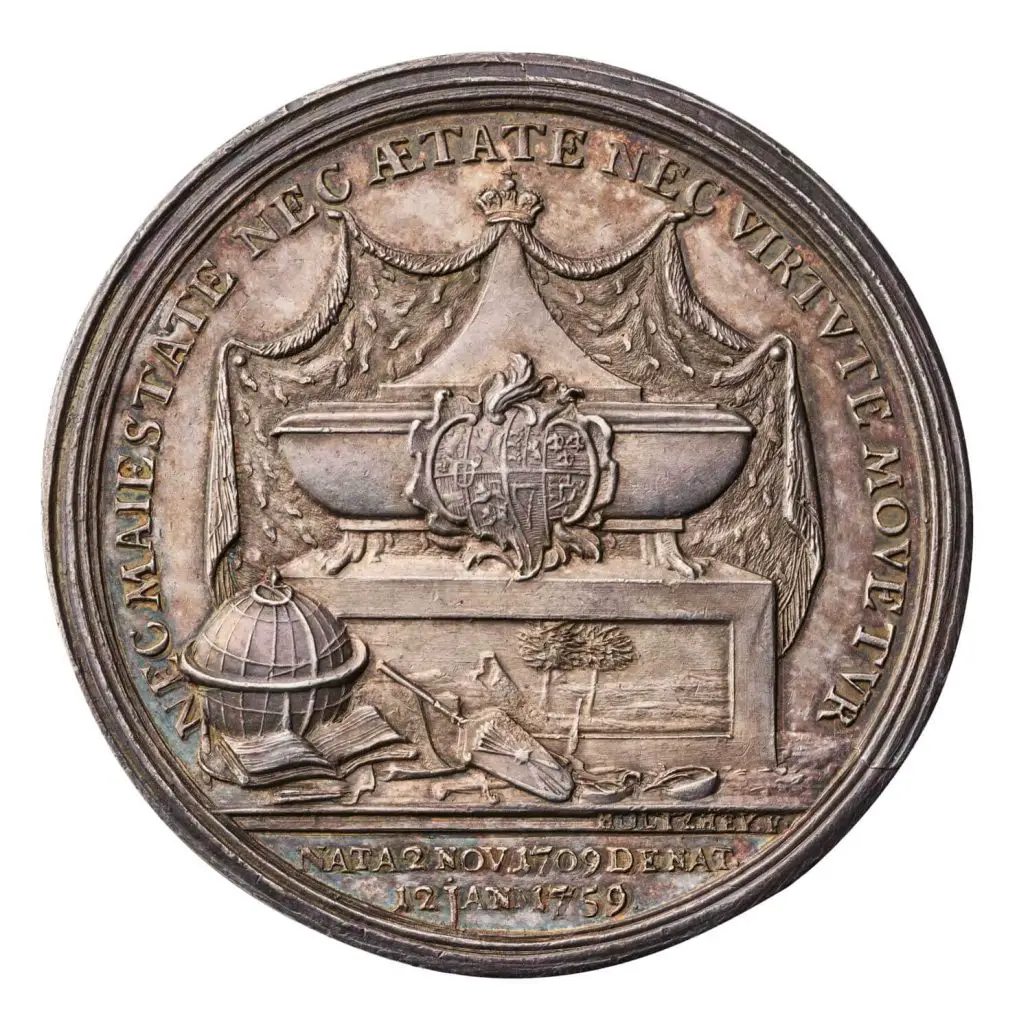Princess Anne, the eldest daughter of George II of Great Britain, has been immortalised in the form of a rare silver medal that was created following her death in 1759. This 1759 Death of Princess Anne Medal is highly sought after by coin collectors and historians alike, due to its historical significance and the intricate detailing of its design. This article will delve into the story behind this medal, analyse its features and attempt to determine its worth in today’s market.
Princess Anne: A Brief Background
Born as the second child and eldest daughter of George Augustus, the Electoral Prince of Hanover, Princess Anne later became a significant figure in the British royal family when her father ascended the throne as George II. In 1734, she was married to William IV Prince of Orange-Nassau, who unfortunately passed away in 1751. Following her husband’s demise, Princess Anne was appointed as the Governor of the United Provinces.
The 1759 Death of Princess Anne Medal
Upon Princess Anne’s death in 1759, a silver medal was commissioned to commemorate her life and contributions. The design of the medal was entrusted to the talented engraver, J. G. Holtzhey.
Obverse Design
The obverse of the medal features a bust of Princess Anne, adorned with a diadem, facing towards the right. Above her head is a wreath of stars, a common symbol used in coinage to denote divinity or celestial influence.
Obverse Inscription: ANNA D.G. M.B.R.P. GUB. ET TUT: WIL: V.A.P.N. MDCCIX. O. MDCCLIX. XII. IAN:
This Latin inscription translates to “Anne, by the Grace of God, Mother, Regent, and Guardian of William V, Prince of Orange-Nassau, 1709 – 1759, 12th January“. The dates indicate Princess Anne’s birth and death years.

Reverse Design
The reverse side of the medal is equally captivating, featuring a sarcophagus decorated with a shield. Below the shield are symbols representing art and science, indicative of Princess Anne’s patronage of these fields.
Reverse Inscription: HE U QUO VOTA – NOSTRA RECESSERE
This Latin phrase translates as “Whither our prayers have gone“. It’s a poignant reminder of the collective grief of the nation at the time.
Rarity and Value
There’s no denying that the 1759 Death of Princess Anne Medal is a treasured artefact, but how does it fare in terms of rarity and value?
The medal weighs 13.23g and has a diameter of 35.8mm. It is listed as ‘Extremely Fine’ in terms of its condition, which increases its attractiveness to potential buyers. This medal is considered extremely rare, further enhancing its potential value.
However, the actual worth of a coin or medal can depend on a variety of factors, such as its condition, rarity, and demand among collectors. Based on the Royal Mint and some other really reliable websites, we can say that the current value of this coin can vary between €875.00 and €1800.00 depending on its conservation conditions.
Conclusion
The 1759 Death of Princess Anne Medal is undoubtedly a fascinating piece of numismatic history. Its intricate design, historical significance, and rarity make it a highly prized artifact among coin collectors and historians alike. Whether you’re an experienced collector or a budding numismatist, this medal is certainly a treasure worth seeking.

